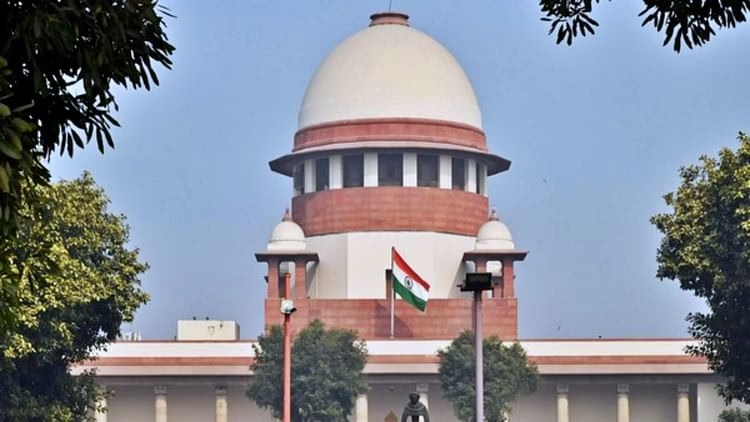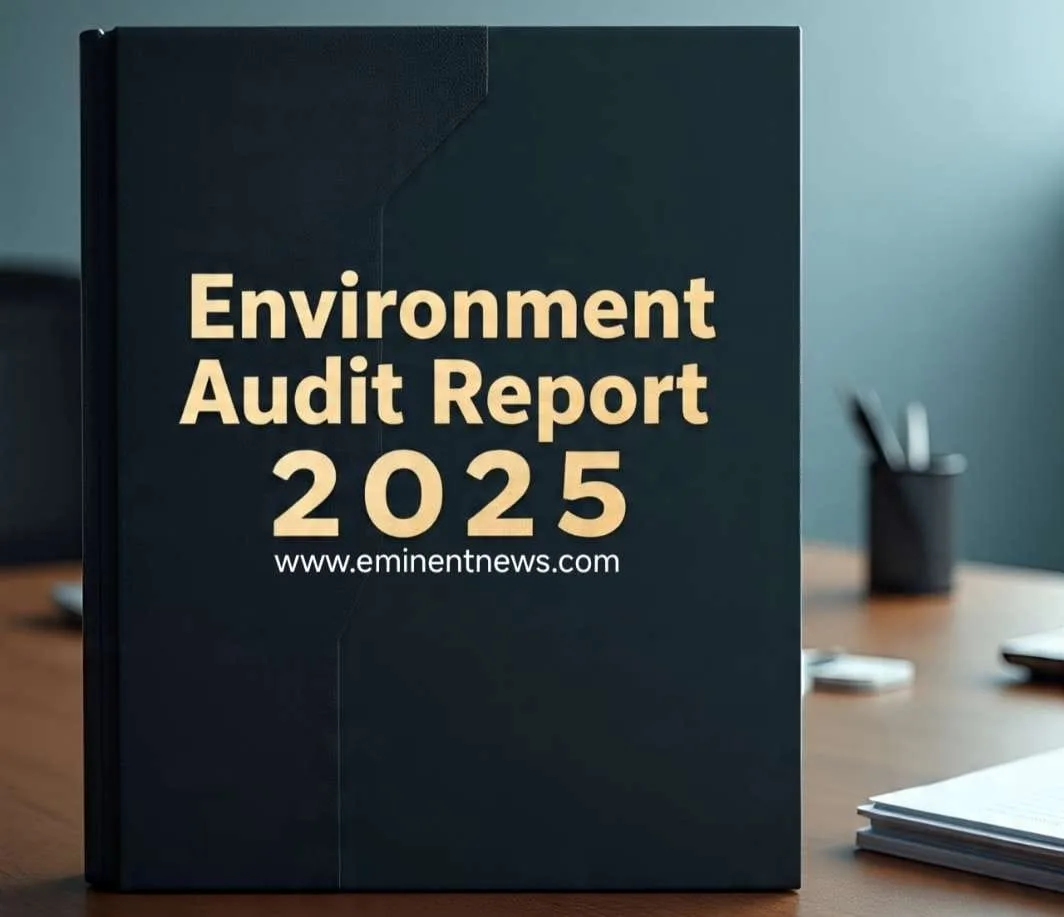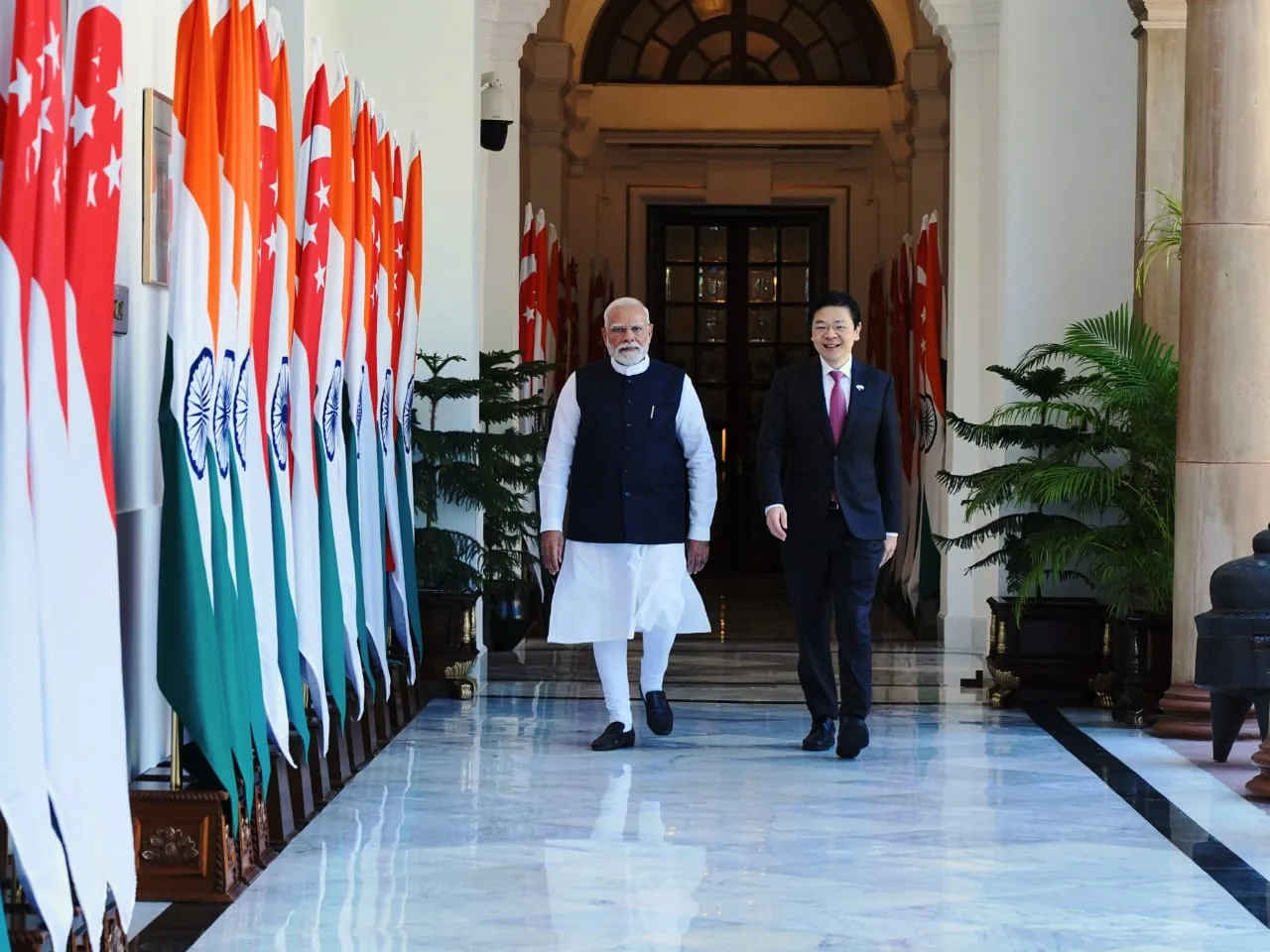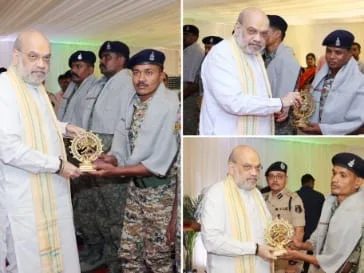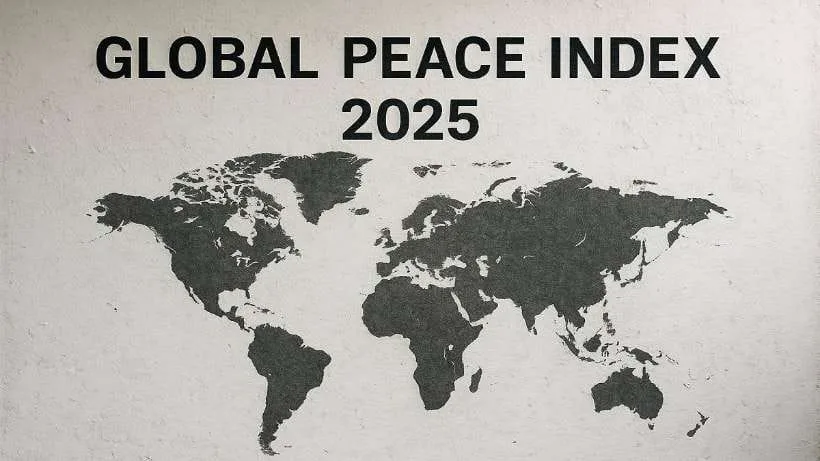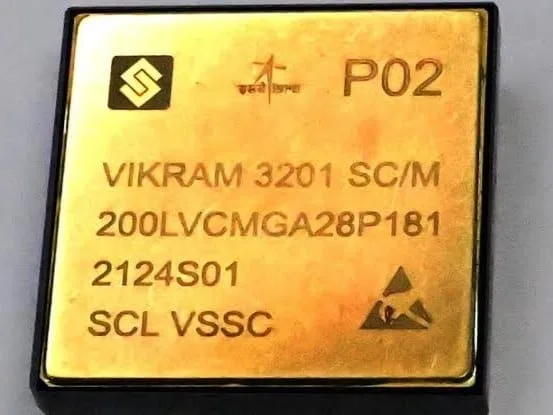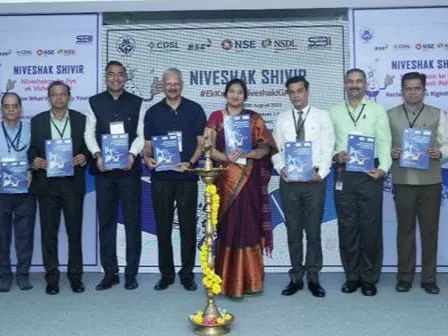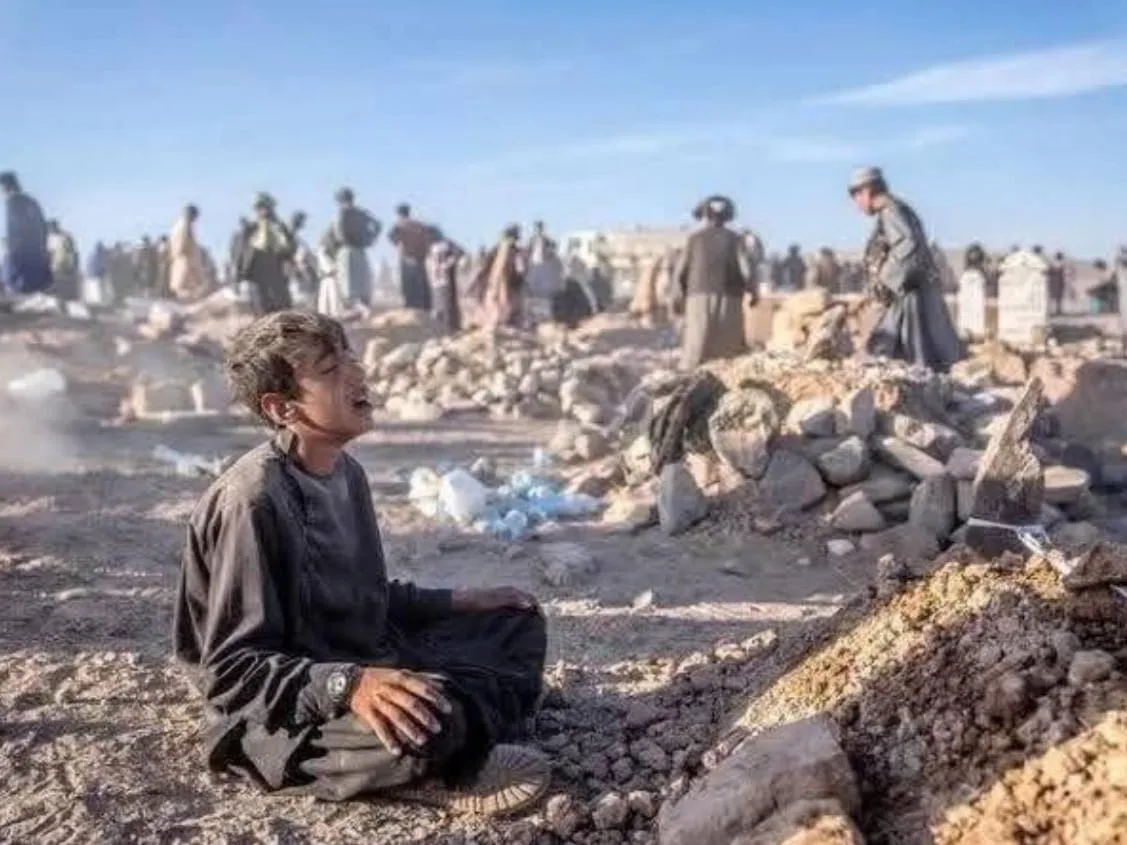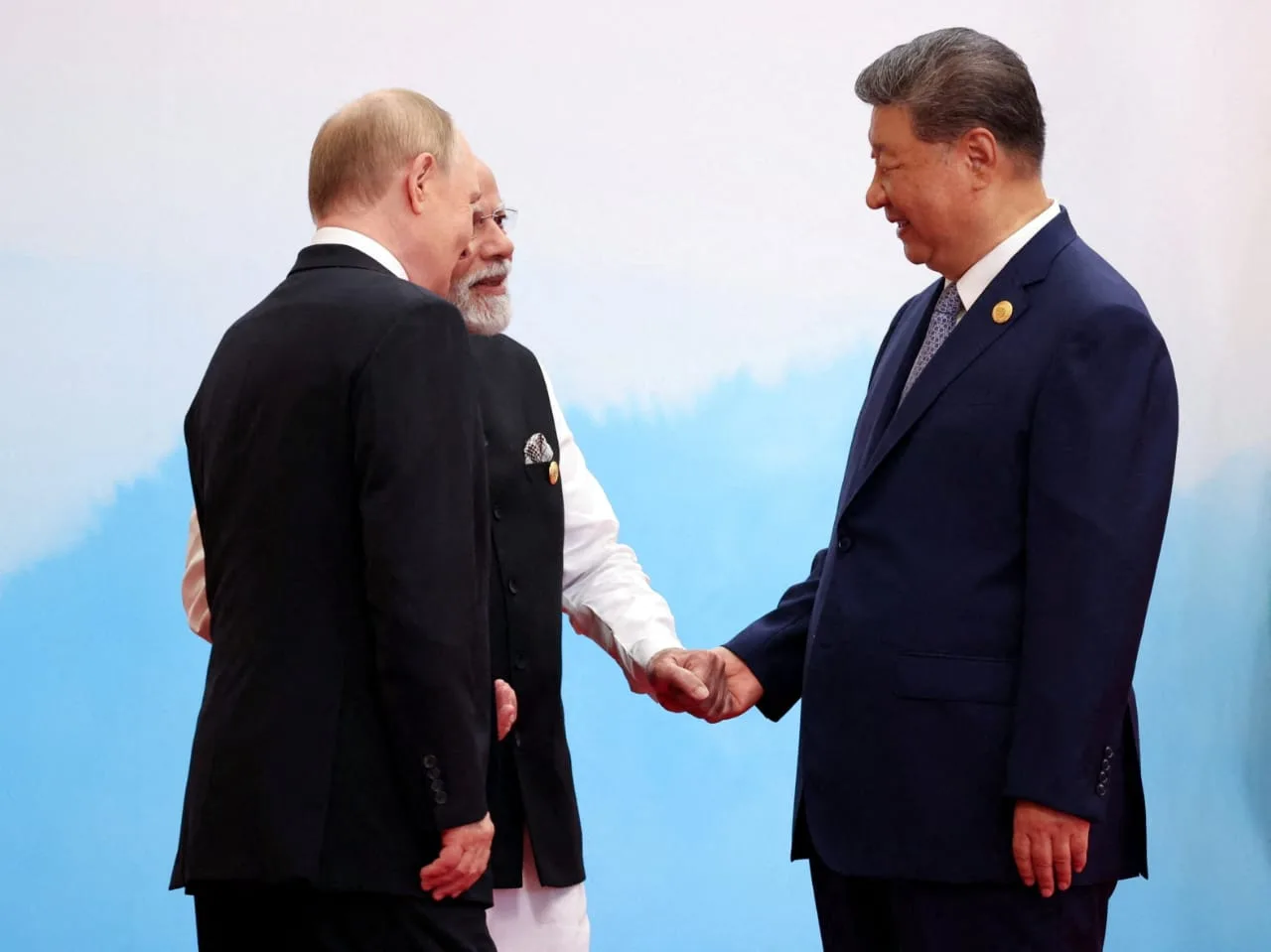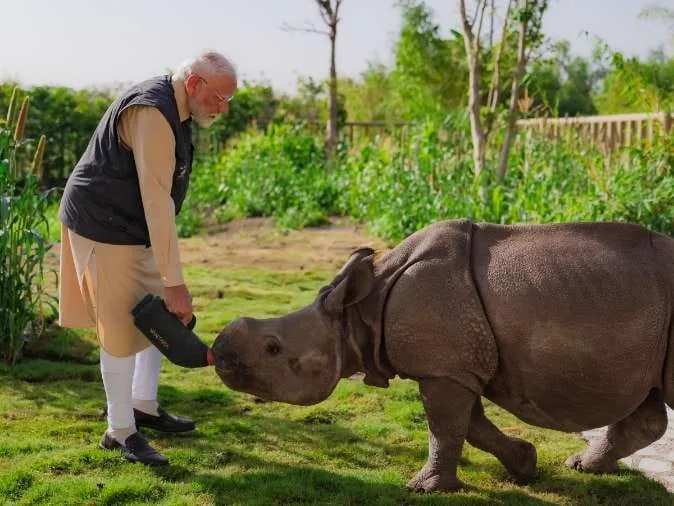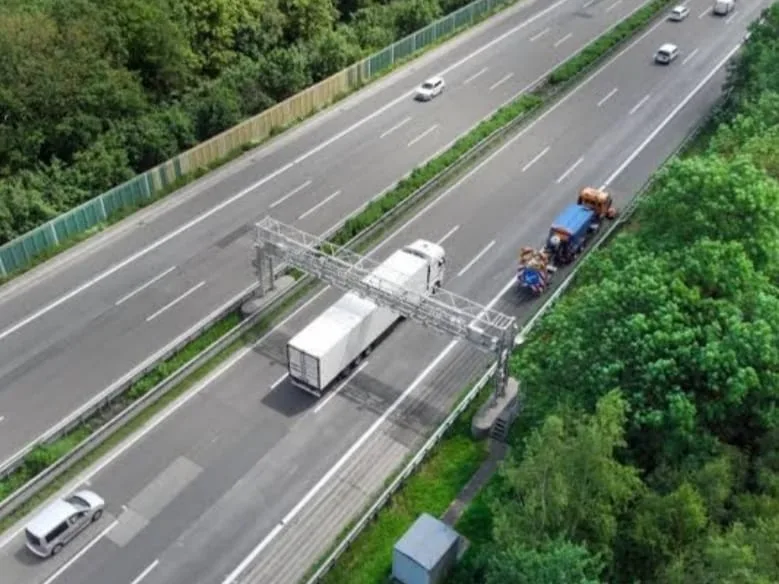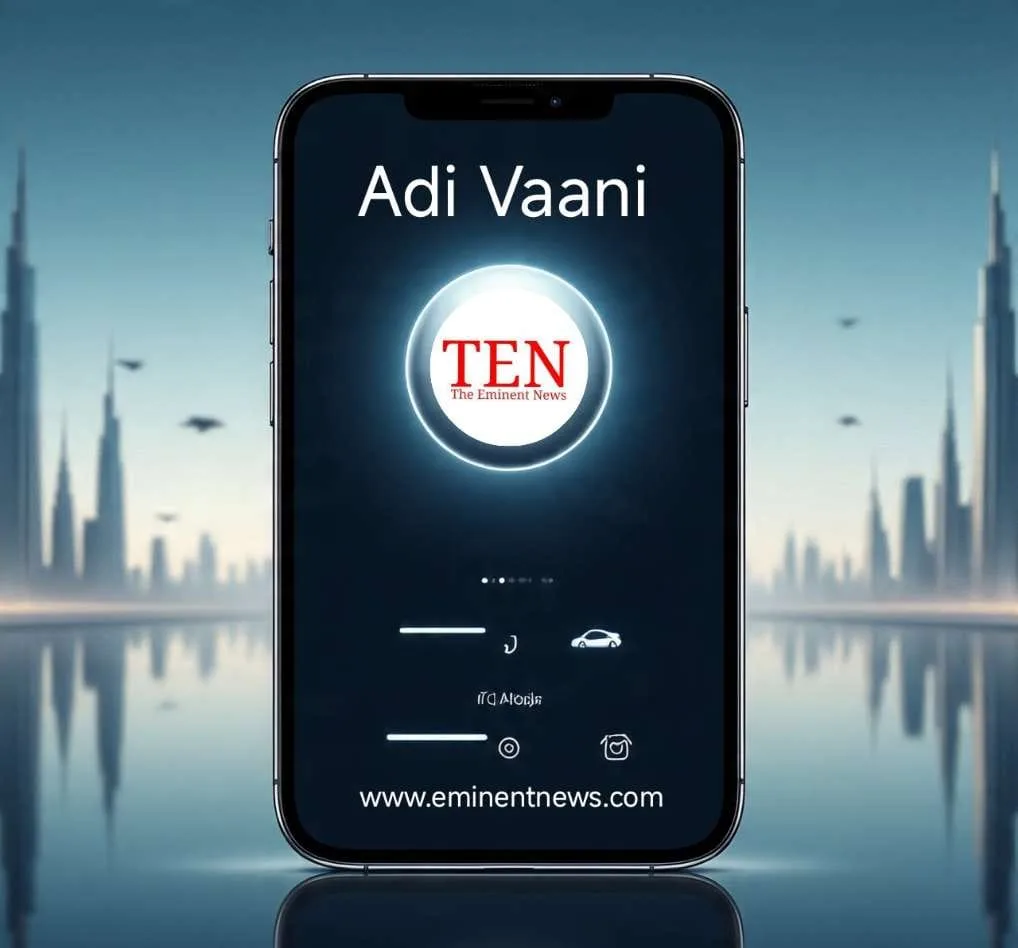On April 24, 2025, Prime Minister Narendra Modi visited Bihar . He traveled to Madhubani where he participated in the National Panchayati Raj Day program and launched various development works . At a rally in Madhubani, he addressed the Pahalgam terror attack and sent a message to the world, switching to English to emphasize India’s resolve to track down and punish the terrorists and their backers . He also asked everyone present to pay tributes to the victims of the attack .
The Indus Waters Treaty and the Simla Agreement are two significant bilateral agreements between India and Pakistan, each addressing different aspects of their relationship .
Indus Waters Treaty (IWT):
- Purpose: The Indus Waters Treaty, signed in 1960, is a transboundary water agreement that governs the sharing of water from the Indus River basin between India and Pakistan .
- Key Provisions:
- It allocates the waters of the six rivers of the Indus system between the two countries .
- India has exclusive rights to the waters of the Sutlej, Beas, and Ravi rivers .
- Pakistan has exclusive rights to the waters of the Indus, Jhelum, and Chenab rivers .
- The treaty allows India to use the waters of the western rivers (Indus, Jhelum, and Chenab) for limited irrigation, power generation, and domestic use, with specific regulations .
- It establishes a Permanent Indus Commission to address any disputes or issues related to water sharing .
- Significance: The IWT is considered one of the most successful water-sharing agreements in the world, having survived several wars and periods of tension between India and Pakistan .
- Recent Developments:
- In April 2025, India reportedly suspended the treaty following a terror attack in Jammu and Kashmir
- India has stated that it cannot continue to cooperate with a country that sponsors cross-border terrorism .
- Pakistan has warned that any attempt to divert water meant for it under the treaty would be considered an “act of war”
Simla Agreement :
- Purpose: The Simla Agreement, signed in 1972, is a bilateral agreement between India and Pakistan that outlines the principles for governing their relations and resolving disputes peacefully .
- Key Provisions:
- It commits both countries to settle their differences through peaceful means, including bilateral negotiations .
- It emphasizes respect for each other’s territorial integrity and sovereignty .
- It establishes the Line of Control (LoC) in Jammu and Kashmir .
- It calls for the withdrawal of troops to their respective sides of the LoC .
- It promotes people-to-people contacts and cultural exchanges to foster better understanding and cooperation .
- Significance: The Simla Agreement aimed to normalize relations between India and Pakistan after the 1971 war .
- Recent Developments:
- In April 2025, India reportedly suspended the Indus water treaty ..
Comparison Table:
| Feature | Indus Waters Treaty | Simla Agreement |
|---|---|---|
| Purpose | Water sharing of the Indus River basin | Framework for governing relations and resolving disputes peacefully |
| Signed | 1960 | 1972 |
| Key Provisions | Allocation of river waters, establishment of Indus Commission | Peaceful settlement of disputes, respect for territorial integrity, LoC |
| Status | Reportedly suspended by India in April 2025 | Reportedly suspended by Pakistan in April 2025 |
| Key Rivers involved | Indus, Jhelum, Chenab, Sutlej, Beas, Ravi | N/A |
In summary, the Indus Waters Treaty and the Simla Agreement are two distinct but important agreements between India and Pakistan. The IWT governs water sharing, while the Simla Agreement provides a framework for managing their overall relationship. Recent reports suggest that both agreements have been suspended amid heightened tensions …Pahalgam terror attack still counting its impression of inhumanity …



